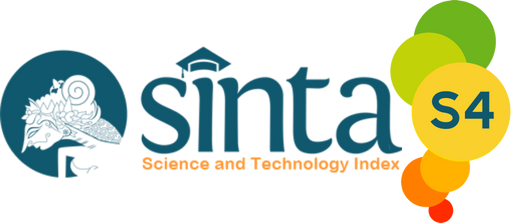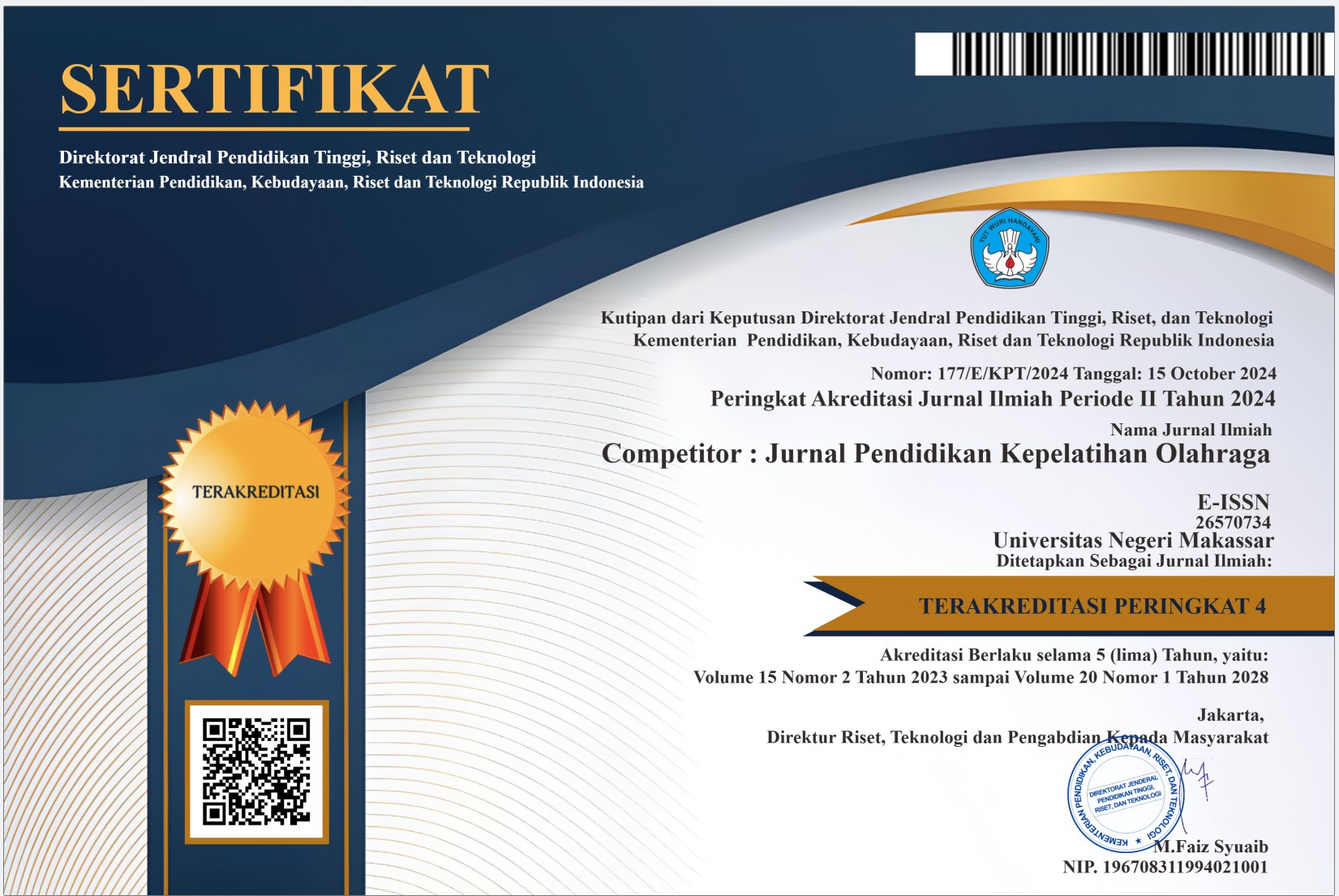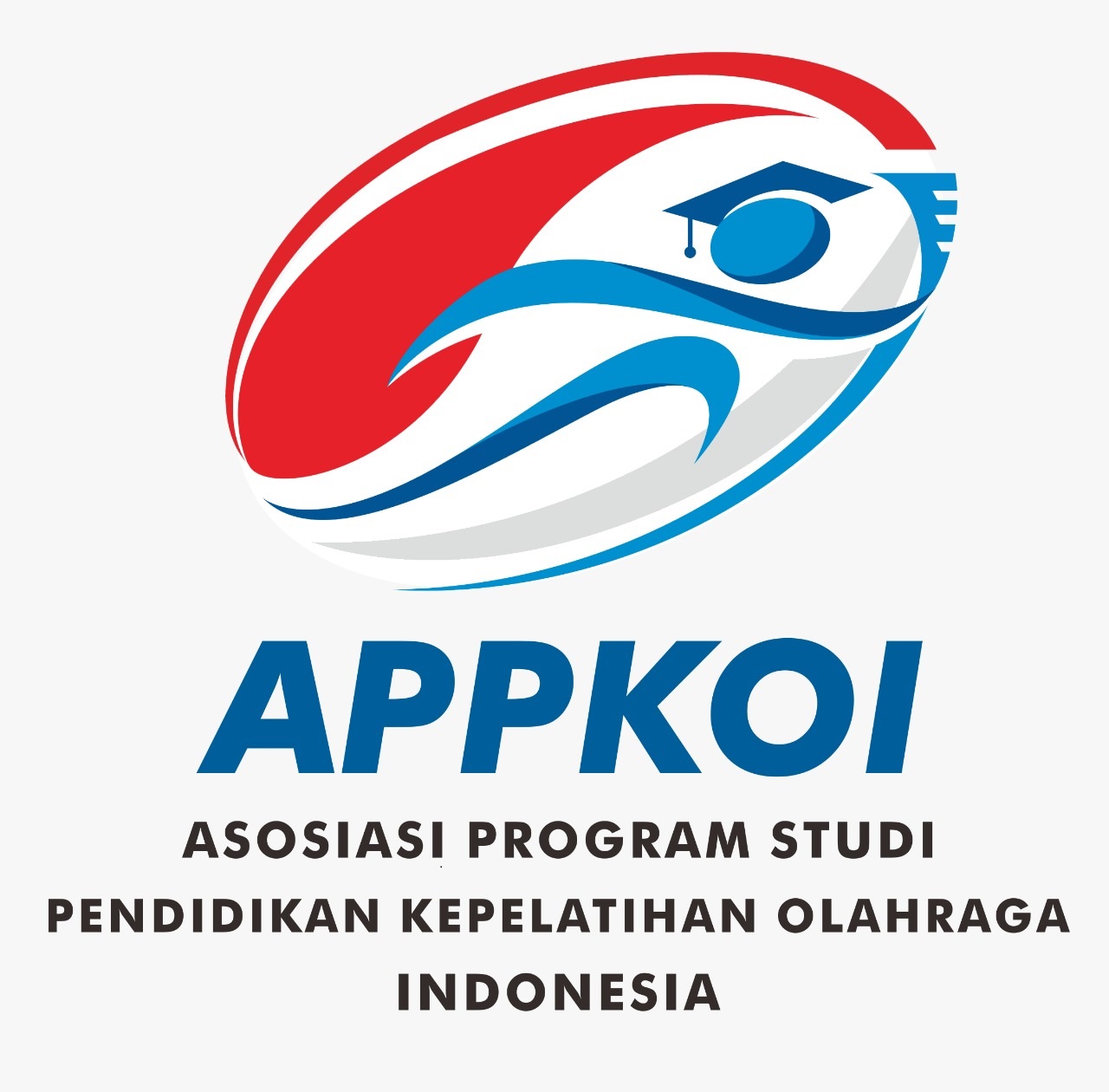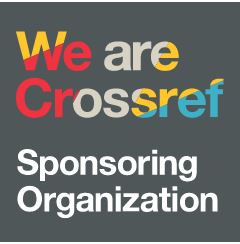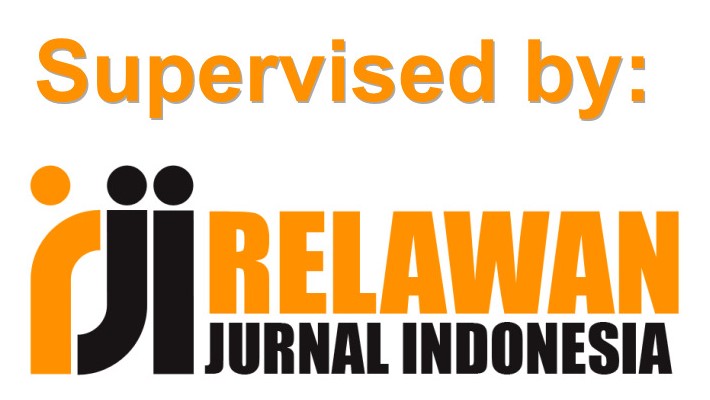Improving Learning Outcomes Through Problem-Based Learning on Physical Fitness Material in Vocational High School Students
DOI:
https://doi.org/10.26858/cjpko.v17i2.268Keywords:
Problem-Based Learning; Physical Fitness; Learning Outcomes; Physical Education; Vocational High SchoolAbstract
This study aims to improve learning outcomes through Problem-Based Learning (PBL) on physical fitness material in vocational high school students. This research used the Classroom Action Research (CAR) method, consisting of two cycles, where each cycle includes planning, implementation, observation, and reflection stages. The subjects were 30 students of class XI DPB 2 at SMK Negeri 4 Jambi City. Data were collected through observation and written tests on physical fitness material. The research showed that Problem-Based Learning had a positive impact on Physical Education learning, especially on physical fitness material. In the first cycle, only 46.66% of students achieved the minimum completeness criteria (KKM) with scores ≥70. However, after improvements in the second cycle, the percentage of students achieving KKM increased to 86.66%. Besides improving learning outcomes, students also showed higher motivation and participation during the learning process. The use of the Problem-Based Learning model can enhance the effectiveness of physical fitness learning and provide more enjoyable and safe learning experiences for students. Physical Education teachers are expected to apply similar innovations in PE learning to improve students' thinking patterns and interest in sports. This study includes 2 tables, 20 references, and observational instruments.
References
Abdullah, A., & Munawwaroh, F. (2024). Problem-Based Learning Untuk Meningkatkan Keterampilan Berpikir Kritis Siswa. Jurnal Educatio FKIP UNMA, 10(1), 155–162. https://doi.org/10.31949/educatio.v10i1.6313
Arifin, S. (2017). Peran Guru Pendidikan Jasmani Dalam Pembentukan Pendidikan Karakter Peserta Didik. Multilateral Jurnal Pendidikan Jasmani Dan Olahraga, 16(1). https://doi.org/10.20527/multilateral.v16i1.3666
Darwati, I. M., & Purana, I. M. (2021). Problem-Based Learning (PBL): Suatu Model Pembelajaran Untuk Mengembangkan Cara Berpikir Kritis Peserta Didik. Widya Accarya, 12(1), 61–69. https://doi.org/10.46650/wa.12.1.1056.61-69
Djonomiarjo, T. (2020). Pengaruh Model Problem-Based Learning Terhadap Hasil Belajar. Aksara: Jurnal Ilmu Pendidikan Nonformal, 5(1), 39–46. https://doi.org/10.37905/aksara.5.1.39-46.2019
Dupri, D., Candra, O., Candra, A., & Suryani, D. A. (2020). The implementation of the Problem-Based learning model in improving cooperation and learning outcomes in Physical Education. Jurnal Pendidikan Jasmani Dan Olahraga, 5(1), 87–90. https://doi.org/10.17509/jpjo.v5i1.22531
Fanany, S., Santosa, I., & Sutarno, S. (2024). Penerapan Model Problem-Based Learning untuk Meningkatkan Hasil Belajar Passing Bawah di SMKN 3 Semarang. Journal of SPORT (Sport, Physical Education, Organization, Recreation, and Training), 8(2), 770–781.
Hamzah, B., & Hedina, O. (2018). Pengaruh Penggunaan Model Problem-Based Learning Terhadap Keterampilan Passing Dalam Permainan Futsal. Jurnal Pendidikan Olahraga, 7(2), 45–58. https://doi.org/10.33222/juara.v3i1.210
Hotimah, H. (2020). Penerapan Metode Pembelajaran Problem-Based Learning Dalam Meningkatkan Kemampuan Bercerita Pada Siswa Sekolah Dasar. Jurnal Edukasi, 7(3), 5–12. https://doi.org/10.19184/jukasi.v7i3.21599
Mantiri, J. (2019). Peran Pendidikan Dalam Menciptakan Sumber Daya Manusia Berkualitas Di Provinsi Sulawesi Utara. Jurnal Civic Education: Media Kajian Pancasila Dan Kewarganegaraan, 3(1), 20–35. https://doi.org/10.36412/ce.v3i1.904
Parwata, I. M. Y. (2021). Pengaruh Metode Problem-Based Learning Terhadap Peningkatan Hasil Belajar Pendidikan Jasmani Olahraga Dan Kesehatan: Meta-Analisis. Research Repository, 1–15. https://doi.org/10.5281/zenodo.4781835
Robiyanto, A. (2021). Pengaruh Model Problem-Based Learning terhadap Hasil Belajar Siswa. Mahaguru: Jurnal Pendidikan Guru Sekolah Dasar, 2(1), 114–121. https://doi.org/10.33487/mgr.v2i1.1752
Sugiyono. (2019). Metode Penelitian Kuantitatif, Kualitatif Dan R&D. Alfabeta.CV.
Sulistiono, A. A. (2014). Kebugaran Jasmani Siswa Pendidikan Dasar dan Menengah di Jawa Barat. Jurnal Pendidikan Dan Kebudayaan, 20(2), 223–233. https://doi.org/10.24832/jpnk.v20i2.140
Sutrisno, V. L. P., & Siswanto, B. T. (2016). Faktor-Faktor Yang Mempengaruhi Hasil Belajar Siswa Pada Pembelajaran Praktik Kelistrikan Otomotif Smk Di Kota Yogyakarta. Jurnal Pendidikan Vokasi, 6(1), 111–125. https://doi.org/10.21831/jpv.v6i1.8118
Utomo, M. A. S., Faruq, M. M., & Wiyarno, Y. (2020). Pengembangan Modifikasi Media Pembelajaran Untuk Meningkatkan Kebugaran Jasmani Siswa Sekolah Dasar. Educational Research Journal, 8(2), 45–58. https://doi.org/10.5281/zenodo.3661579
Wala, G. N. (2025). Strategies for improving literacy and student interest in learning: A case study of secondary school learners. COSMOS: Jurnal Ilmu Pendidikan, Ekonomi Dan Teknologi, 2(3), 485–494. https://cosmos.iaisambas.ac.id/index.php/cms/article/view/253
Downloads
Published
Issue
Section
License
Copyright (c) 2025 Akhmad Yusuf, Reza Hadinata, Alek Oktadinata (Author)

This work is licensed under a Creative Commons Attribution 4.0 International License.

